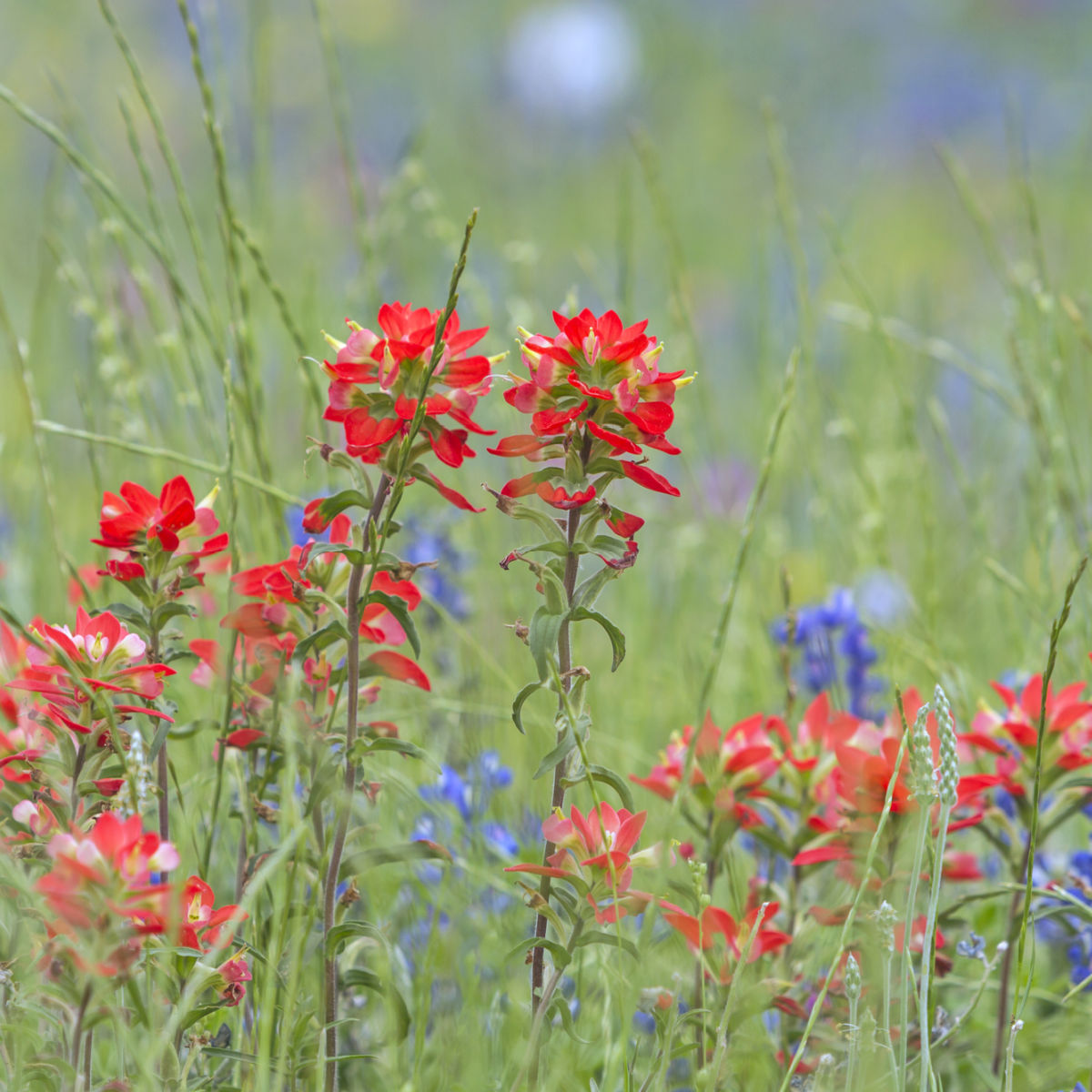What Plants Don't Like Epsom Salt and Just How It Impacts Development
Learn About the Specific Plants That Are Detrimentally Impacted by Epsom Salt Application
Epsom salt, a prominent house treatment for numerous gardening woes, is often applauded for its valuable effects on plant growth. Nonetheless, not all plants react positively to its application. Understanding the specific plants that can be adversely impacted by Epsom salt is important for any kind of gardener looking to enhance their plant treatment regimen. Roses, tomatoes, rhododendrons, peppers, and azaleas are simply a few examples of plants that may not react well to Epsom salt. The factors behind these negative results and just how to minimize them are essential expertise for preserving a growing yard.
Roses

Roses, specifically delicate to changes in their environment, can be adversely influenced by the application of Epsom salt. While Epsom salt is generally utilized as a fertilizer to advertise plant growth and improve flowering, roses are one of the plants that do not respond well to its application. The high magnesium web content in Epsom salt can interfere with the uptake of various other necessary nutrients by the rose plants, leading to deficiencies that show up as yellowing leaves or stunted development.

Tomatoes
While Epsom salt is typically promoted as a remedy for numerous plant concerns, including bloom end rot in tomatoes, its application can lead to damaging results if not utilized judiciously. Excessive Epsom salt, which is magnesium sulfate, can interfere with the fragile nutrient balance needed by tomatoes, possibly leading to shortages in other necessary nutrients like calcium. When thinking about the use of Epsom salt on tomatoes, it is crucial to stick to suggested application prices and soil testing to protect against unintentional repercussions on the total wellness and efficiency of these cherished yard plants.
Peppers
Peppers, revered for their various shades and levels of spiciness, can demonstrate susceptibility to adverse effects from Epsom salt when not applied with treatment and consideration for their specific nutritional needs. what plants don't like epsom salt. Peppers, coming from the Solanaceae family, call for a fragile equilibrium of nutrients to thrive. While Epsom salt is known to enhance magnesium degrees in plants, extreme application can disrupt this stability, resulting in unfavorable impacts on pepper plants
When peppers are subjected to high degrees of magnesium from Epsom salt, it can hinder the plant's ability to take in various other necessary nutrients like calcium and potassium. This imbalance may materialize in signs and symptoms such as leaf discoloration, stunted growth, and reduced fruit manufacturing. Additionally, the extreme magnesium can modify the soil pH, additional intensifying nutrient uptake issues for peppers.

Rhododendrons
Provided the level of sensitivity of particular plant varieties to discrepancies triggered by Epsom salt, it is important to consider the effect on Rhododendrons, which additionally need particular nutrient levels to flourish. Rhododendrons are acid-loving plants that like acidic dirt problems with a pH range in between 4.5 and 6.0. Epsom salt, chemically called magnesium sulfate, can modify the dirt pH and disrupt the fragile equilibrium of nutrients vital for Rhododendron wellness.

To preserve the ideal growth and health of Rhododendrons, it is crucial to stay clear of the indiscriminate use Epsom salt and rather focus on offering the particular acidic dirt problems and nutrients that these plants need for prospering.
Azaleas
These preferred blooming plants are typically found in gardens, parks, and landscapes due to their charm and convenience. While Epsom salt is typically made use of as a remedy for magnesium shortage in plants, its application to azaleas can have negative results.
When Epsom salt is put on azaleas, it can change the dirt pH, making it extra acidic. Azaleas choose somewhat acidic dirt problems, and an excess of magnesium from Epsom salt can disrupt this equilibrium, bring about nutrient imbalances and potential toxicity problems. The wrong application of Epsom salt can cause stunted development, yellowing of fallen leaves, and total decrease in the wellness of azaleas. It is essential to be careful when taking into consideration the usage of Epsom salt on azaleas to stop any kind of adverse effects on these fragile decorative hedges.
Final Thought
In verdict, it is very important to be knowledgeable about the particular plants that can be detrimentally affected by the application my blog of Epsom salt. Roses, tomatoes, azaleas, peppers, and rhododendrons are some examples of plants that may not profit from Epsom salt and could also endure harm. It is crucial to research study and recognize the needs of each plant types prior to utilizing Epsom salt as a plant food to ensure their health and wellness.
Recognizing the specific plants that can be adversely impacted by Epsom salt is critical for any garden enthusiast looking to optimize their plant care regimen. While Epsom salt is generally used as a plant food to advertise plant development and improve blooming, roses are one of the plants that do not react well to its application.Too much use of Epsom salt can also result in a build-up of salts in the soil, leading to root damage and dehydration of the rose plants. While Epsom salt is known to increase magnesium levels in plants, extreme application can disrupt this balance, leading my response to adverse effects on pepper plants.
The high salt material in Epsom salt can also dehydrate Rhododendron roots, causing further tension and damage to the plant. (what plants don't like epsom salt)